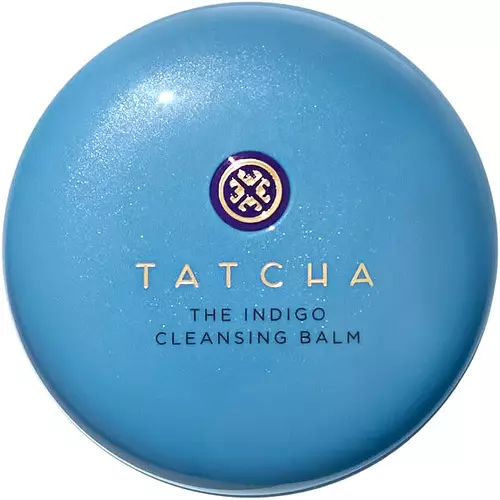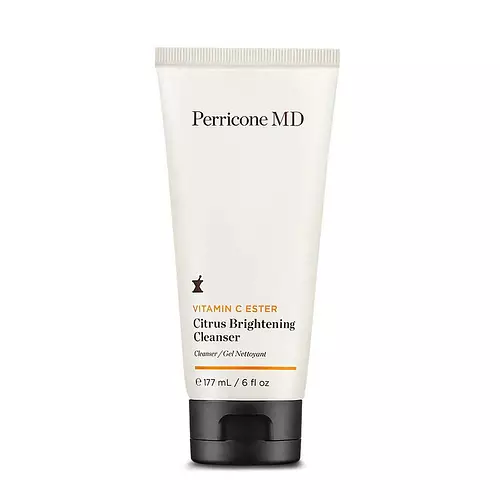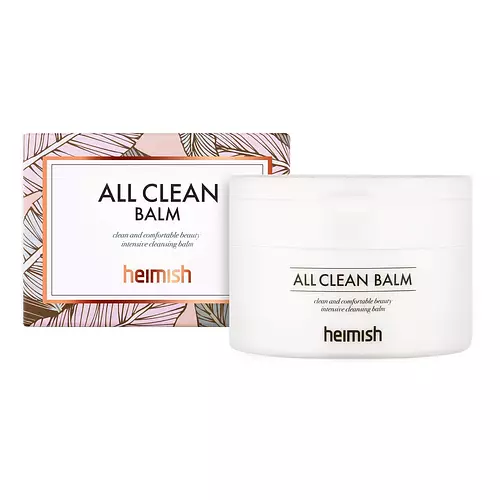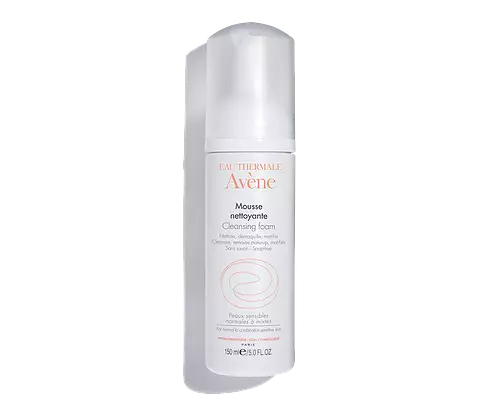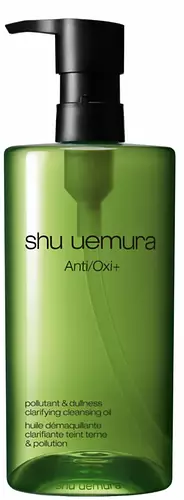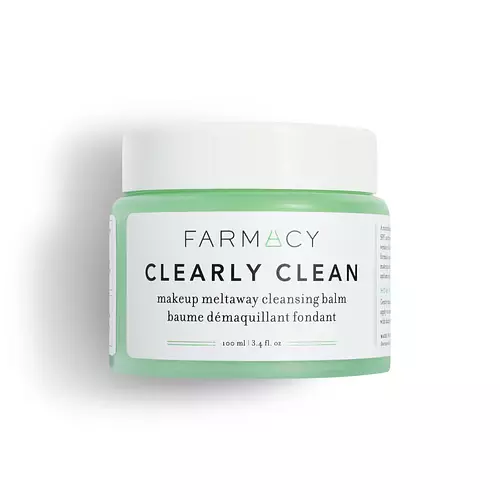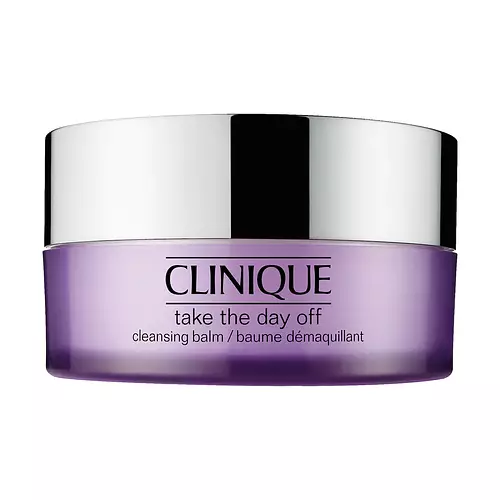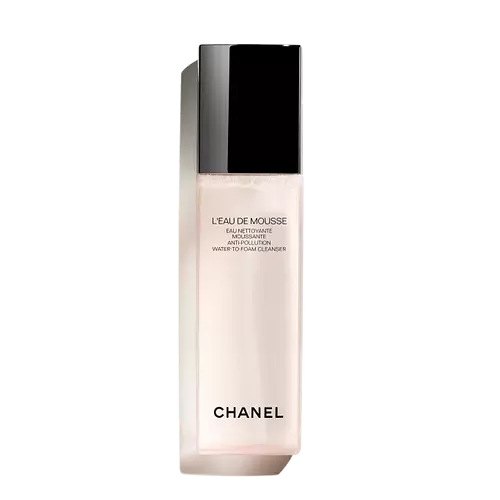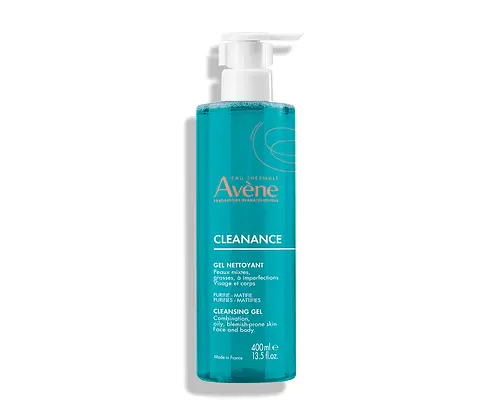Tatcha The Indigo Cleansing Balm Moisturizing Makeup Remover Versus Perricone MD Vitamin C Ester Citrus Brightening Cleanser
Overview
What they are
These products are both cruelty-free and reef safe . They have a total of 3 ingredients in common
Suited For
They're both likely to be good for anti aging, brightening skin and scar healing
Free From
They both do not contain any harsh alcohols, common allergens, parabens or silicones
We independently verify ingredients, and our claims are backed by peer-reviewed research. Spot a product that needs an update? Let us know.
Ingredient Info
Tatcha The Indigo Cleansing Balm Moisturizing Makeup Remover 24 ingredients
Perricone MD Vitamin C Ester Citrus Brightening Cleanser 18 ingredients
At a glance
Click on any of the items below to learn more
Tatcha The Indigo Cleansing Balm Moisturizing Makeup Remover 24 ingredients
Perricone MD Vitamin C Ester Citrus Brightening Cleanser 18 ingredients
Notable Ingredients
This product contains 1 ingredient that may have this attribute:
This product contains 3 ingredients that may have this attribute:
Benefits
This product contains 1 ingredient that may have this attribute:
This product contains 1 ingredient that may have this attribute:
This product contains 1 ingredient that may have this attribute:
This product contains 1 ingredient that may have this attribute:
This product contains 2 ingredients that may have this attribute:
This product contains 1 ingredient that may have this attribute:
This product contains 1 ingredient that may have this attribute:
This product contains 1 ingredient that may have this attribute:
Concerns
This product contains 2 ingredients that may have this attribute:
This product contains 1 ingredient that may have this attribute:
This product contains 1 ingredient that may have this attribute:
This product contains 1 ingredient that may have this attribute:
Notable Ingredients
This product contains 1 ingredient that may have this attribute:
Benefits
This product contains 1 ingredient that may have this attribute:
This product contains 1 ingredient that may have this attribute:
This product contains 1 ingredient that may have this attribute:
This product contains 1 ingredient that may have this attribute:
This product contains 1 ingredient that may have this attribute:
This product contains 1 ingredient that may have this attribute:
Concerns
This product contains 2 ingredients that may have this attribute:
This product contains 1 ingredient that may have this attribute:
This product contains 2 ingredients that may have this attribute:
This product contains 2 ingredients that may have this attribute:
Ingredients Side-by-side
Ingredients Explained
These ingredients are found in both products.
Ingredients higher up in an ingredient list are typically present in a larger amount.
Water. It's the most common cosmetic ingredient of all. You'll usually see it at the top of ingredient lists, meaning that it makes up the largest part of the product.
So why is it so popular? Water most often acts as a solvent - this means that it helps dissolve other ingredients into the formulation.
You'll also recognize water as that liquid we all need to stay alive. If you see this, drink a glass of water. Stay hydrated!
Learn more about WaterEthylhexylglycerin (we can't pronounce this either) is commonly used as a preservative and skin softener. It is derived from glyceryl.
You might see Ethylhexylglycerin often paired with other preservatives such as phenoxyethanol. Ethylhexylglycerin has been found to increase the effectiveness of these other preservatives.
Phenoxyethanol is a preservative that has germicide, antimicrobial, and aromatic properties. Studies show that phenoxyethanol can prevent microbial growth. By itself, it has a scent that is similar to that of a rose.
It's often used in formulations along with Caprylyl Glycol to preserve the shelf life of products.
Ingredient Ratings
Here's what our community thinks of the ingredients in these products.
When to use
Tatcha The Indigo Cleansing Balm Moisturizing Makeup Remover 24 ingredients
Perricone MD Vitamin C Ester Citrus Brightening Cleanser 18 ingredients
Reviews
Here's what our community thinks
Tatcha The Indigo Cleansing Balm Moisturizing Makeup Remover 24 ingredients
A H
Absolutely TERRIBLE!!! I bought the entire Tatcha regime unfortunately....for way too much $$$. ..This Indigo Cleansing Balm is one of the worst...
Absolutely TERRIBLE!!! I bought the entire Tatcha regime unfortunately....for way too much $$$. ..This Indigo Cleansing Balm is one of the worst products I have ever used, as I literally used it 1x and a few hours later huge cystic acne began to appear on my chin, forehead and behind my ear!! This was insane 😳 because I never break out like that maybe a few times a year I could have a pimple on my chin, and it's usually around my monthly cycle, but not every month. This product caused those painful breakouts that lasted a month plus. I literally STILL have the one on my chin!!! Please keep your $$$....Thankfully I used Eminence products again and it cleared up my face so far except that chin issue, but it greatly diminished it compared to how it was. STAY AWAY FROM THIS....There's TONS of reviews with similar stories like myself!
